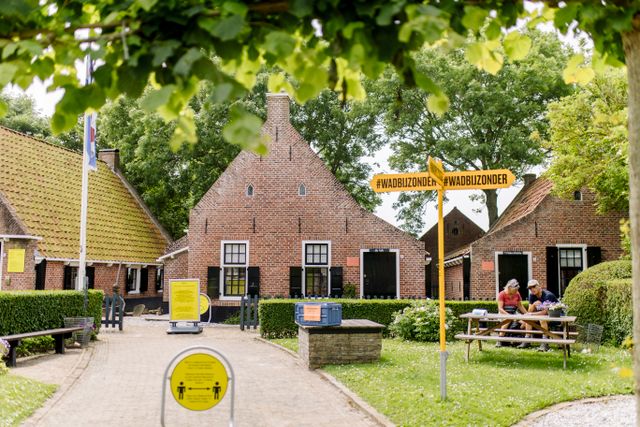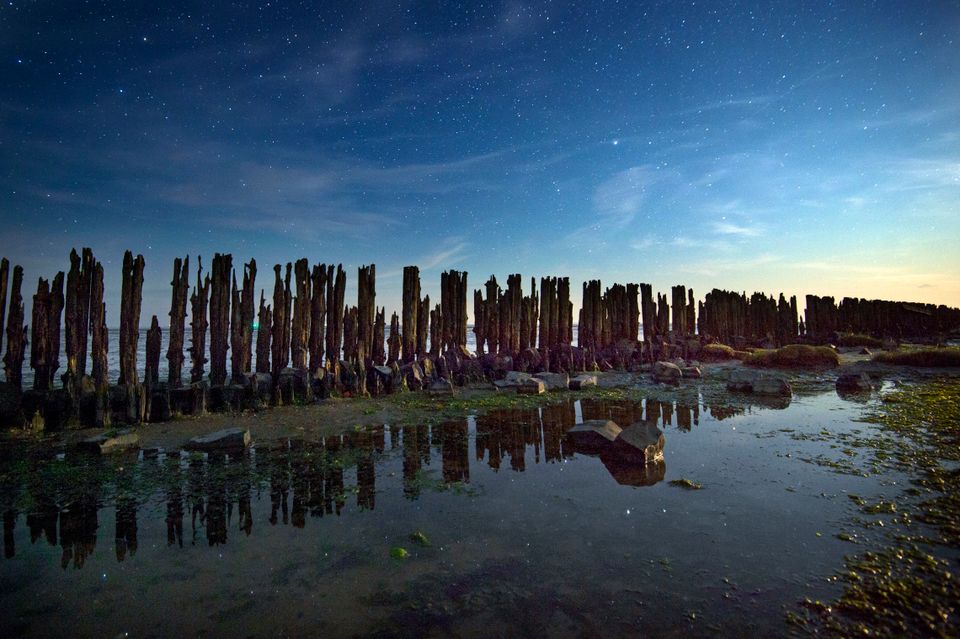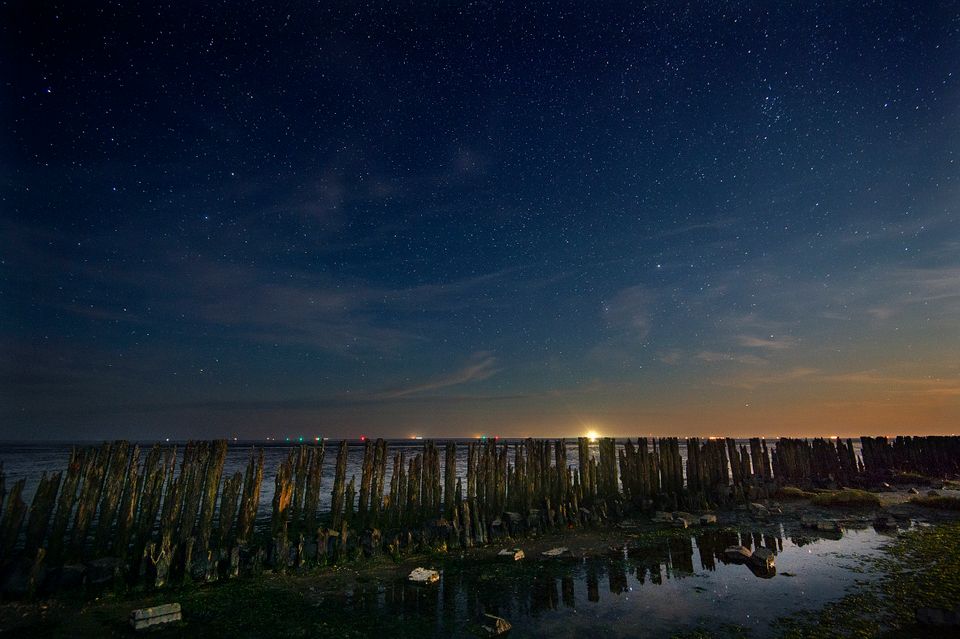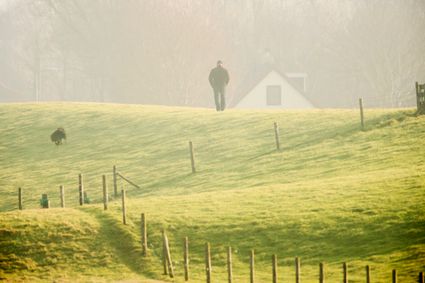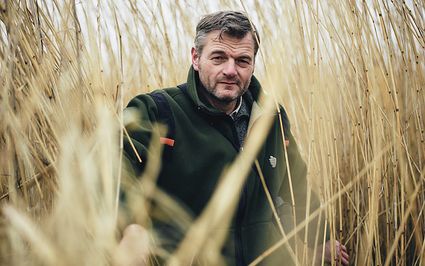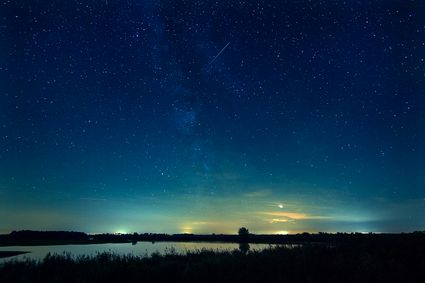The fishermen’s tragedy
It was a dark night they have never forgotten in Paesens and Moddergat. During a fierce storm, most men from the two fishing villages lost their lives.
Ebb and tide
The women who were left behind had pretty much given up hope. Their husbands and sons had sailed too early in the spring. It was still winter. But the winter of 1883 had been interminable. The fishermen from the twin villages were restless after all that time on shore. Stocks were running out, it was beautiful weather and the forecast was good. They thought it was time to go. The villages don't have a harbour. The joint fleet anchored at the Rede van Paesens, a little further on the wad. From there they left in their wooden blazers and barges, across the Wadden Sea, to the promising fishing waters north of the German island of Borkum. It was the night from the 4th to the 5th of March. Like always, they did not have to worry about the clock but about the tides of the sea.
The tides are produced by the gravitational attraction of the sun and of the moon in particular. Seawater that is nearest is attracted to the moon, the water on the other side of the earth, away from the moon. The seawater is low between these two tidal bulges. Whilst the earth turns on its axis, it will be ebb in six hours time and tide six hours later. To navigate the Wadden Sea, the fishermen took account of changing depths and sandbanks that fall dry. And of the current in the channels. That can work for you, or against.

Swallowed up
Twenty-two boats with 109 fishermen sailed full of expectation, and on the morning of the 5th of March they threw out their nets at their destination. Until the sky suddenly turned black as night in the afternoon, and a storm broke out, complete with rain and hailstones. Over the course of the evening it only become worse. The wind whistled and howled and the waves were sky high.
The attempts to return home ended that night when seventeen boats were swallowed up by the rough black see. Most on the Wad at Schiermonnikoog. Eighty-three men perished. Only one sailor of the capsized boats survived the disaster. The women of Paesens-Moddergat wore black for the rest of their lives to mourn their husbands, sons, cousins and uncles. The monument on the dyke commemorates the tragedy that the inhabitants barely managed to overcome.
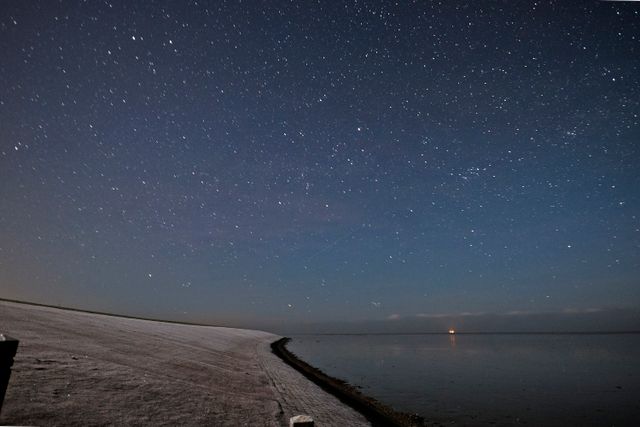
The dyke, the wad, the village
Don't forget to enjoy the views from the dyke. Smell the sea, feel the wind, and see the effect of ebb and tide. Take a beautiful walk outside the dyke in the Paezemerlannen or on the wad with a guide. Visit the authentic twinned village. In Museum ’t Fiskerhüske you can look in some of the houses and get a sense of the lives of the fishermen and their families, and of the disaster.
The twin village still has fishermen. Their fleet no longer leaves from the Rede van Paesens, but from the harbour of Lauwersoog. The numbers are the same as on the boats of 1883.
